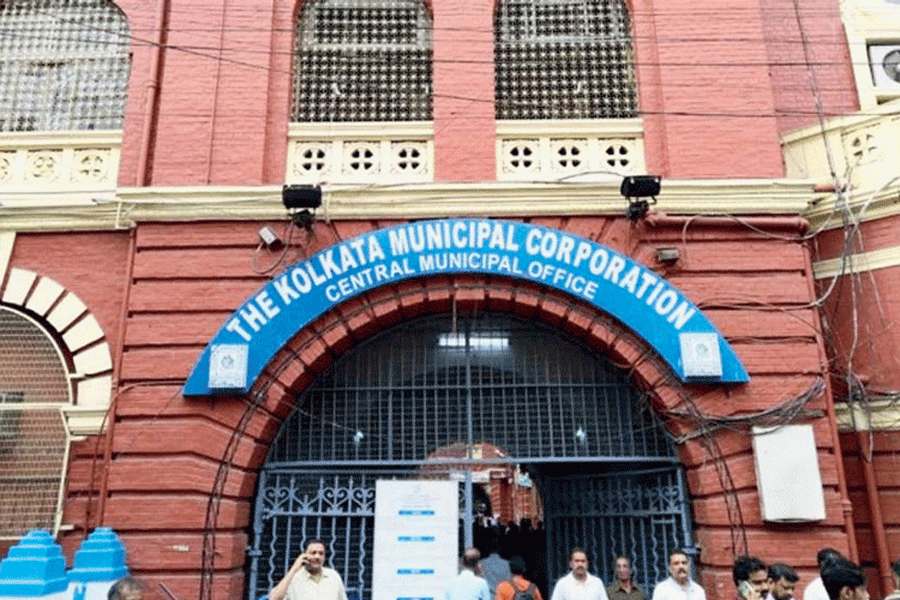The Kolkata Municipal Corporation (KMC) wants to do away with the system where residents of added areas have to pay property-related taxes in two places, the civic body and the land reforms department, the commissioner of the civic body said on Friday.
Added areas is a term used for wards 101 to 144 that were added to the KMC in 1984 and 2012. The added areas include Kasba, Jadavpur, Behala and Joka.
The KMC believes that residents should pay tax to a single authority and the two agencies should work out a plan to distribute the revenue among themselves, municipal commissioner Binod Kumar said at a meeting with members of a chamber of commerce on Friday.
Kumar admitted that paying tax twice — to two authorities — is “harassment” for the people.
The civic body, the municipal commissioner said, is working with the state land and land reforms department for a solution to the long-standing issue. The system the KMC is trying to work out may not lessen the amount payable as property tax, but will save the residents of the added areas the harassment.
A KMC official said that just like traders or consumers of services pay goods and services tax (GST) only once and there is a pre-determined calculation to divide the money among the state and Union governments, there should be an agreement between the KMC and the state land and land reforms department.
“I agree that it is harassment,” Kumar said when a member of the Merchants’ Chamber of Commerce and Industry raised the issue of paying property tax to separate authorities.
The questioner said: “The issue is not about the cost but it is harassment having to pay the tax in two places. Residents of wards 1 to 100 of the Kolkata municipal area pay property tax to only the KMC. Why a different rule for residents of the added areas?”
Kumar responded: “I agree it is harassment and let me tell you that we are already working on this issue. Citizens should be paying the tax to only one place. They should not have to pay the tax to two different places.”
Residents of added areas have to pay khajna (tax) for the land they own to the block land and land reforms officer (BLLRO) and another tax to the KMC. The BLLRO is an official of the land and land reforms department.
There are also two mutation certificates for properties in the added areas — one provided by the KMC and the other by the BLLRO.
Many residents of the areas are not even aware that they need to pay khajna to the BLLRO, which too doesn’t send a bill to the plot owners. But the BLLRO can send a bill with pending dues any day and the amount could be huge, said one civic official.
Dues that an owner is unaware of pose a problem if the person decides to sell the property.
Kumar said the government had initially thought about scrapping the West Bengal Land Reforms Act for the added areas. “But many decisions were taken under the act in the added areas over many decades. Scrapping the act would have made these decisions open to litigation,” he said.
